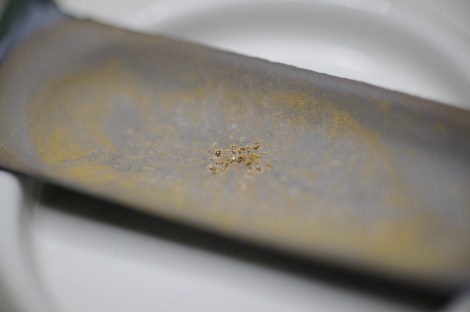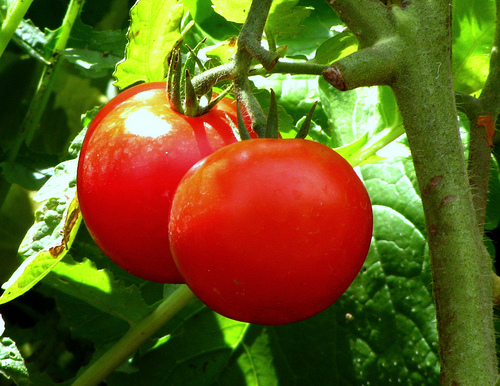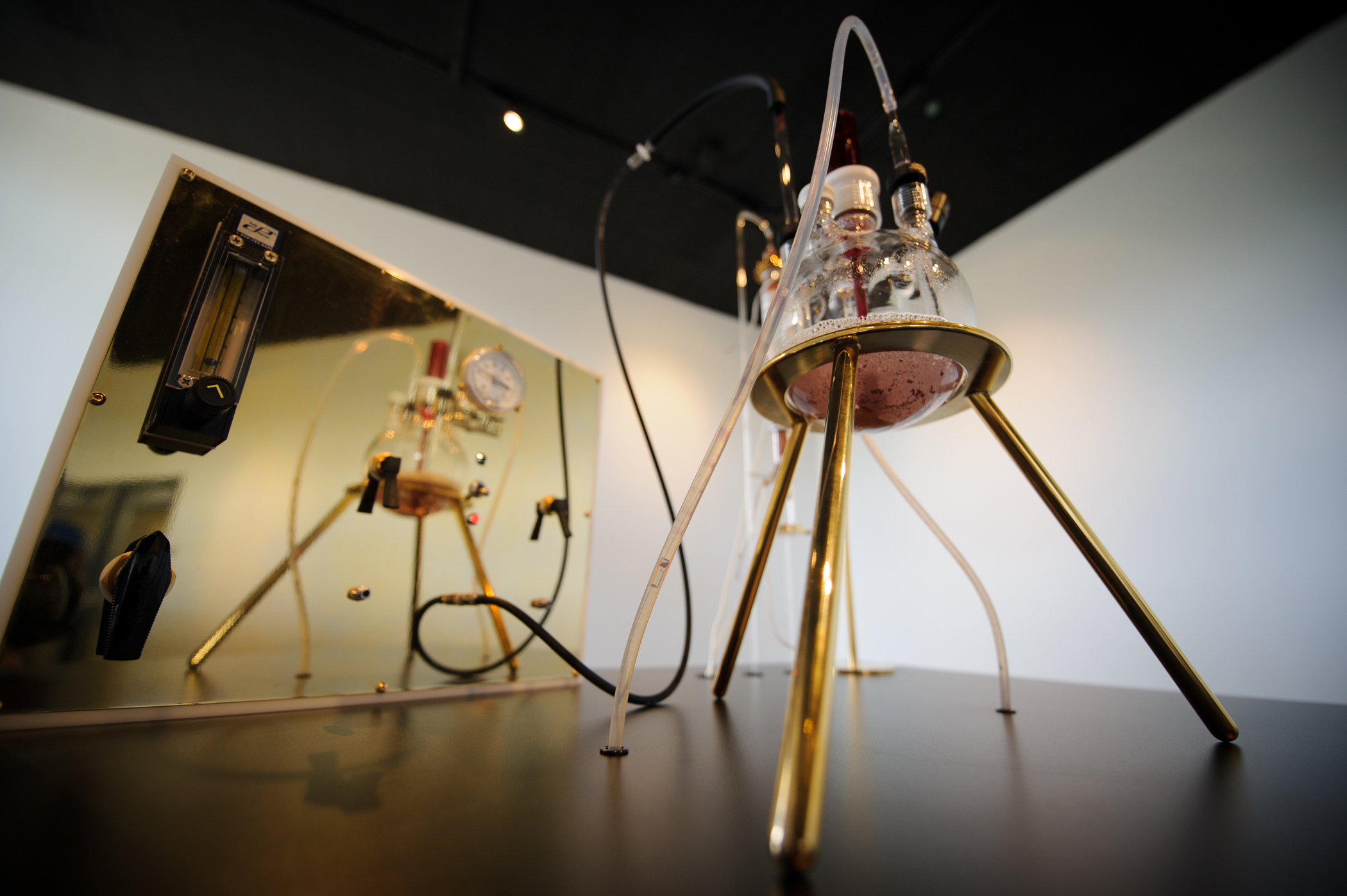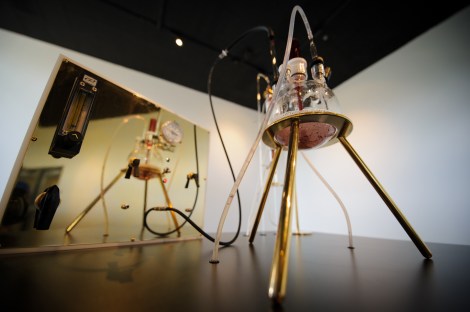
Michigan State UniversityGold made by Cupriavidus metallidurans bacteria.
Researchers at Michigan State University, one from the art department and one from microbiology, say they’ve figured out a way to do “microbial alchemy,” using the bacterium Cupriavidus metallidurans to turn toxic gold chloride into gold. In environments where you’ve got too much gold chloride — like, say, the researchers’ combination laboratory/art installation, which is called “The Great Work of the Metal Lover” — this is a godsend! Otherwise, it is maybe not so useful.
For starters, gold chloride is actually wicked expensive in its own right, so I hope you didn’t have any ideas for a get-rich-quick scheme involving a bacterial assembly line. And while gold chloride exists in nature, it doesn’t really exist in sufficient quantities for its toxicity to be a real problem. When they develop a bacterium that turns radioactive waste or cigarette butts or leftover fracking fluid into gold, then we’ll be talking.
Still, this is only half science. The other half is art, and artistically, this is cool. The researchers are displaying their goofily named lab publicly at the cyber-art competition Prix Ars Electronica, where spectators can watch microorganisms create precious metal right in front of their eyes. You have to admit, that would be a cool thing to see. Plus, it means we’ve finally achieved the fondest dream of medieval Europe! Next, maybe they’ll figure out a way to eradicate witches.




